Zhang said that after going through various stages of product exploration, functional improvement and AI empowerment, elderly care robots are gradually maturing. Currently, elderly care robots are generally divided into three categories: nursing, rehabilitation and companionship.
Nursing robots are usually designed for disabled elderly individuals, rehabilitation robots primarily target semi-disabled elderly individuals and companionship robots cater to elderly individuals with emotional communication needs.
The researcher highlighted the issues facing the current development of elderly care robots. "On one hand, elderly care demands high service refinement, personalization, product safety and convenience, which leads to high research and development costs for robots and subsequently higher sales prices.
"Some families find it difficult to afford these services, which in turn hinders in-depth technological research and development," Zhang said. "On the other hand, elderly care robots are complex technological systems that require breakthroughs in achieving a closed loop of 'perception-decision-execution-feedback', particularly requiring extensive data coverage, sufficient computing power and intelligent algorithms that combine AI with human collaboration."
The use of technology in elder care has also received policy support. In a document released by the State Council last year, further efforts were called for accelerating the development and application of elderly care technology.
Liu Qingfeng, chairman of iFlytek and a deputy to the NPC, the country's legislative body, showcased the application scenario of an AI elderly care assistant during the two sessions. When the smart bracelet of a 90-year-old elderly person living alone detects an abnormal heart rate, the system immediately alerts a community doctor to visit. The AI voice assistant can also chat with the elderly person, remind him to take medication and even simulate the voice of a deceased loved one to narrate stories about old photos.
In Liu's view, the current AI technology can to some extent meet the diverse medical and health service needs of the elderly. However, there are still many obstacles in its development process such as digital gap and inadequate service supply.
Liu suggested establishing a standard system for digital health services for the elderly and promoting the coverage of medical insurance for intelligent elderly care and rehabilitation services.
Wang Jianjun, a CPPCC National Committee member and former head of the China National Committee on Aging, called for strengthening national-level planning for the development of intelligent healthcare for the elderly, promoting the improvement of policies in the field of intelligent elderly care, focusing on the integration of intelligent devices such as wearable devices and service robots in elderly care service scenarios, enhancing product development and enabling technology to better serve the elderly.
"Some community-based elderly meal assistance projects have successfully achieved precise matching of supply and demand through intelligent information platforms, effectively solving the dining problems faced by elderly people during home-based elderly care," Wang said.
Dining was a prominent issue for elderly people living alone. Many elderly people "cook a meal at home and eat it for a day or two", while dining out poses practical problems such as high prices, unsuitable tastes and hygiene concerns.








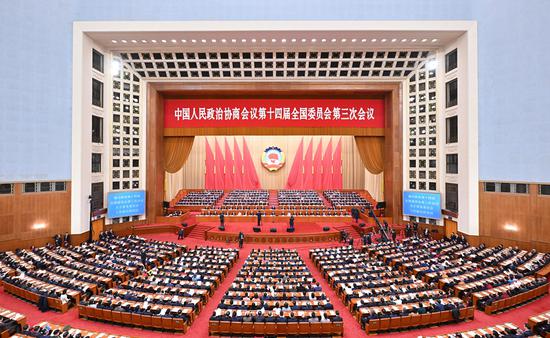


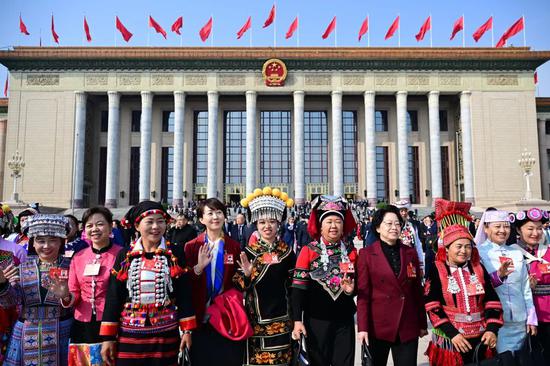



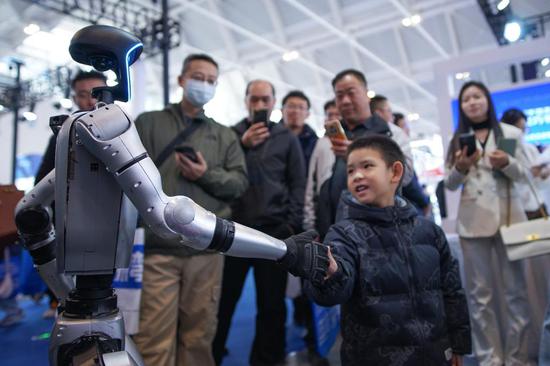
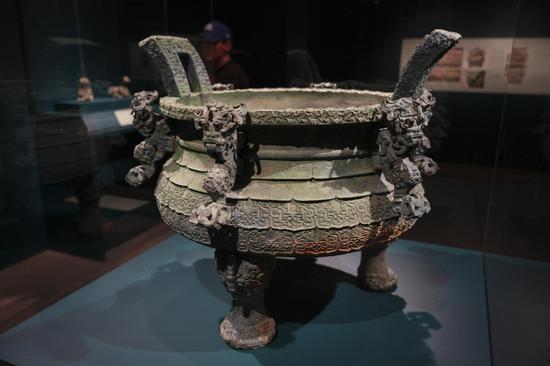

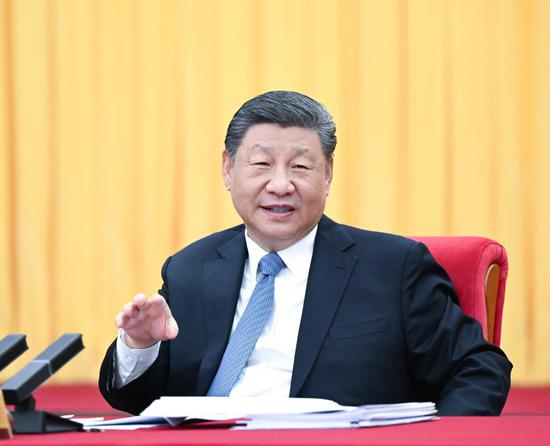



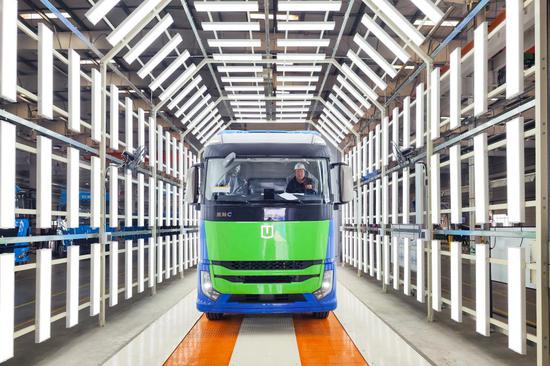

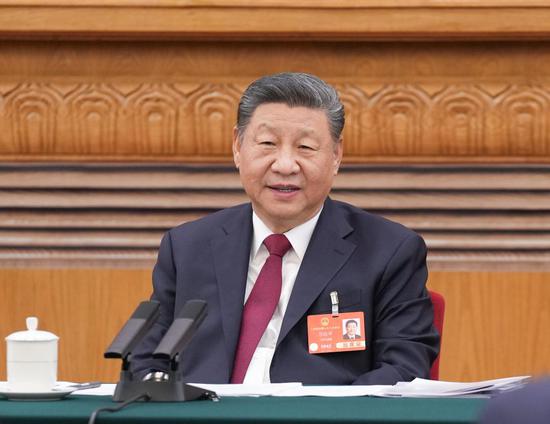













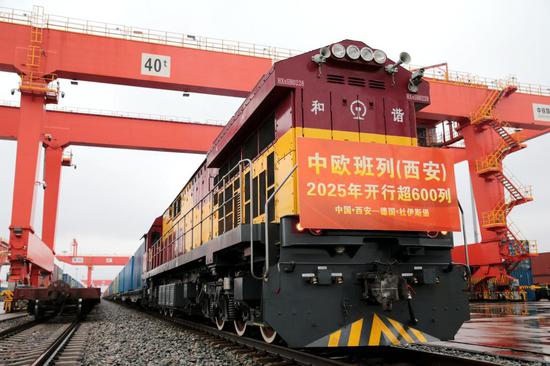


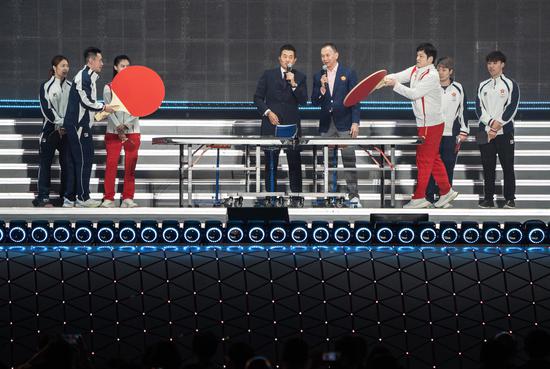




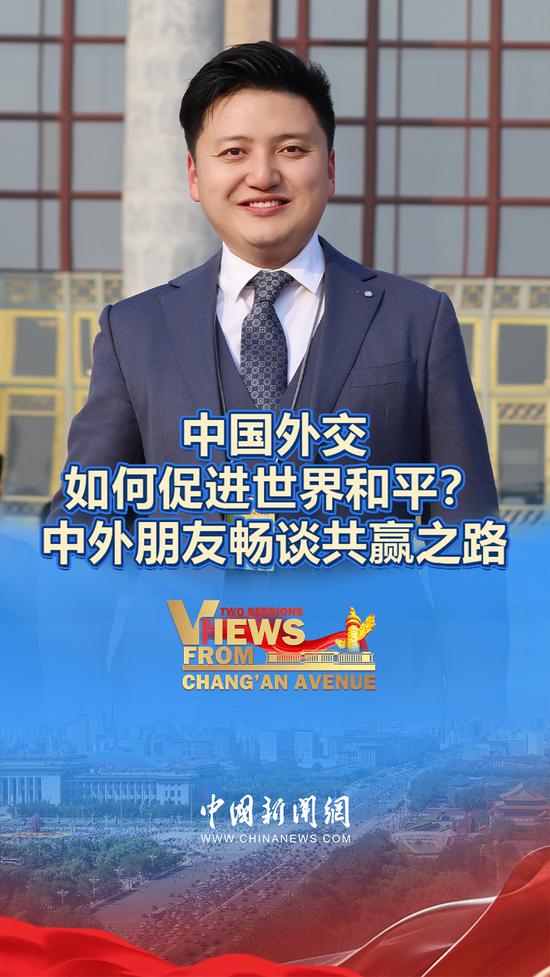



 京公网安备 11010202009201号
京公网安备 11010202009201号